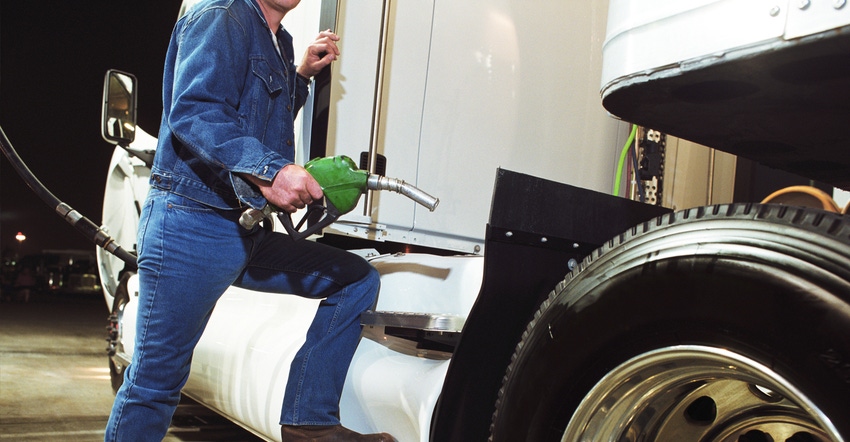June 21, 2022

We experience it every day when we fill up at the pump. We groan while fueling our trucks and pickups. And the price we pay to move down the road and across the field goes up almost daily.
I have no doubt that electric vehicles and machinery will gain prominence in the marketplace. But right now, here in Nebraska, there are no large, 100-hp electric tractors commercially available in the field.
No large electric tractors of that size have yet been tested at the Nebraska Tractor Test Laboratory. Compact electric tractors are available. Larger electric tractors most farmers use in the field are coming, but they are not there yet.
For the immediate future, without going into the economics of EVs, we are paying for the pain of fueling conventional gas- and diesel-powered machines that we already own. Biofuels are helping ease the pain, but the soaring prices are difficult to ignore.
Rural residents hit hard
Outside of larger cities, there isn’t a ton of public transportation available in rural Nebraska. That means that farmers and ranchers and rural residents are paying a higher total transportation price to do business and to move products and ourselves, simply because we have farther to go.
In many parts of the state, producers have to drive 30, 40, or even 50 miles or more to get groceries, obtain medical services, take their children to school, get parts for machinery, deliver grain and livestock, and obtain basic services.
If you really want to be depressed, look at the Nebraska Department of Environment and Energy fuel price numbers. In January 2021, the monthly average cost for midgrade unleaded gasoline (which includes E10) in the state was $2.39 per gallon.
By February 2022, before the impact of Russia invading Ukraine on Feb. 24 had been felt, the monthly average for midgrade had risen to $3.41. I’m not a math scholar, but that is an increase of $1.02.
Since the invasion of Ukraine, prices increased to $4.21 on average in May — another spike of 80 cents. We know that June numbers are much worse, with the state average at $4.915 on June 15.
Gas prices have more than doubled in the past year and a half. If you used to fill up the pickup tank for $50, it now costs well over $100. If you or your spouse also work off the farm — or if you have children on the road for school, work and activities like we do — you know that pain even outside of your farming operation.
How about diesel?
In January 2021, the average on-highway diesel price was $2.50 per gallon. It was $3.64 by February 2022, an increase of $1.14. The May average cost for diesel in Nebraska was $5.23, an increase over the past 17 months of $2.73 — the price more than doubled.
Many people forget that farmers and ranchers are consumers, too. Although many raise their own meat and have a big garden, we still buy food. Even outside of the obvious business expense this fuel inflation causes for farmers to power trucks and tractors, pivots, combines and high-clearance applicators, it puts an extreme burden on getting to town for basic services.
Fuel prices are in the news every day, and we don’t need to be told how bad it is. We are living it. But there has been little mention that I’ve seen yet about how much harder the fuel price crisis hits rural residents, farmers and ranchers. The groans at the gas pump tell the story.
You May Also Like




